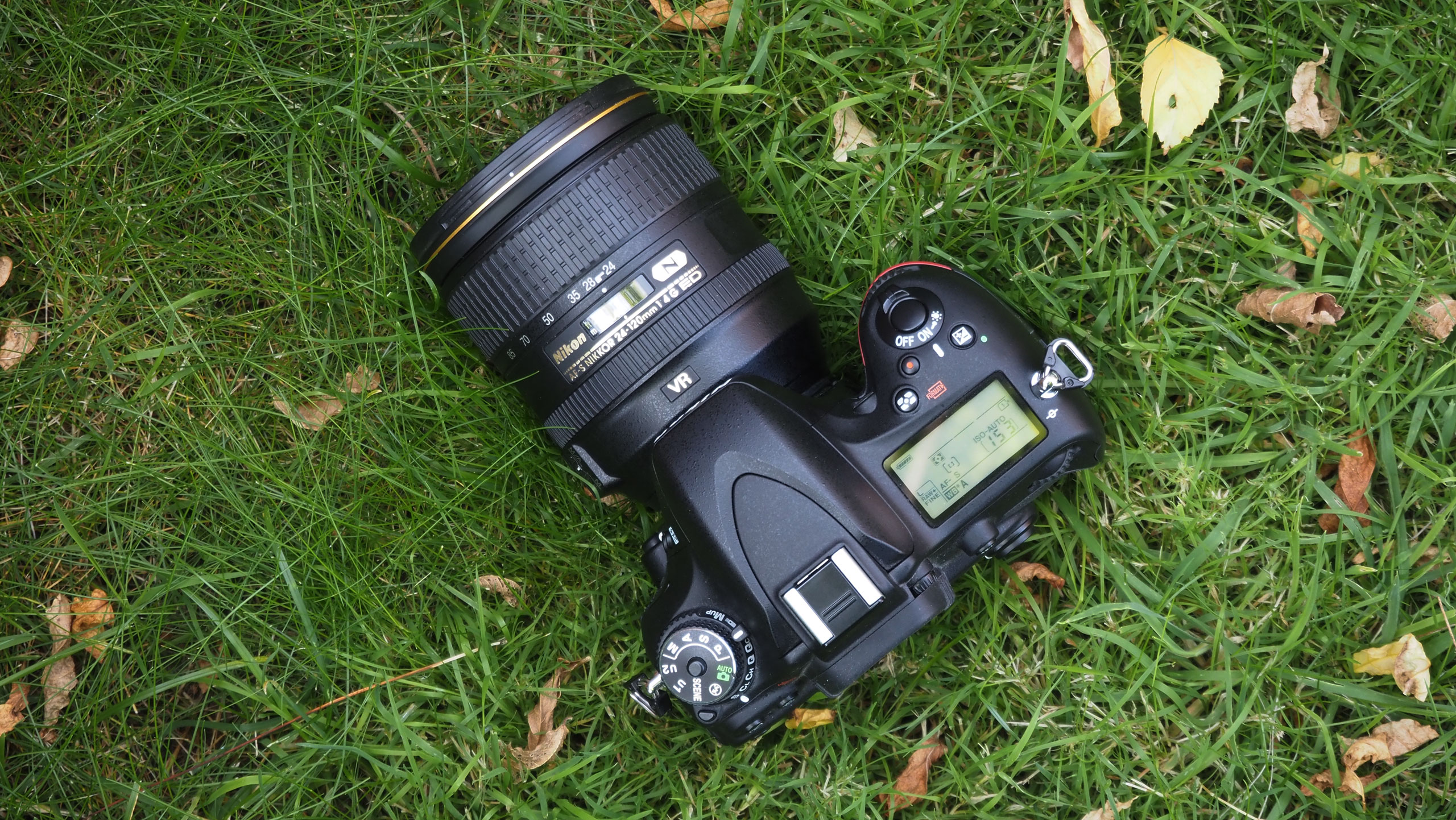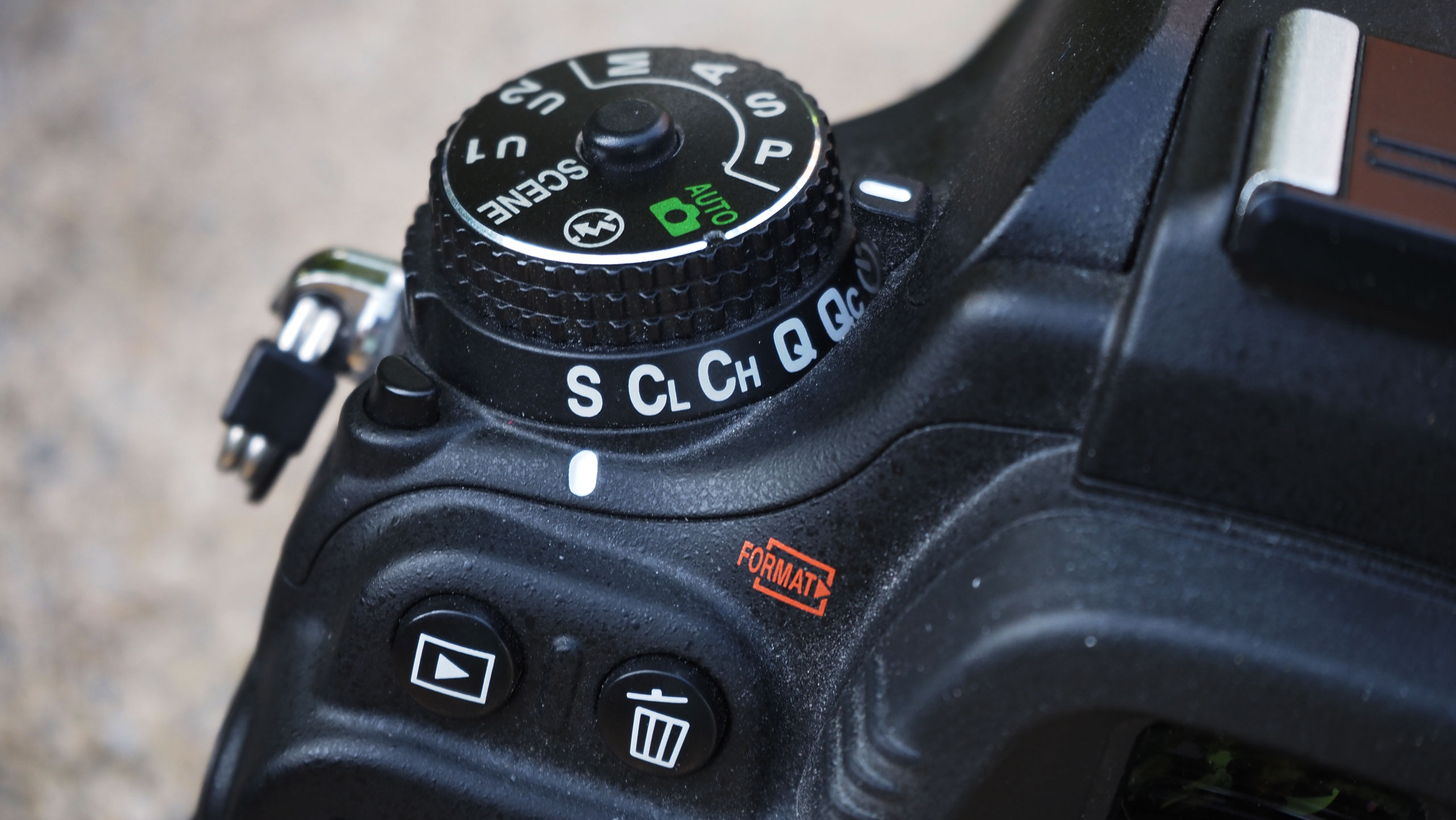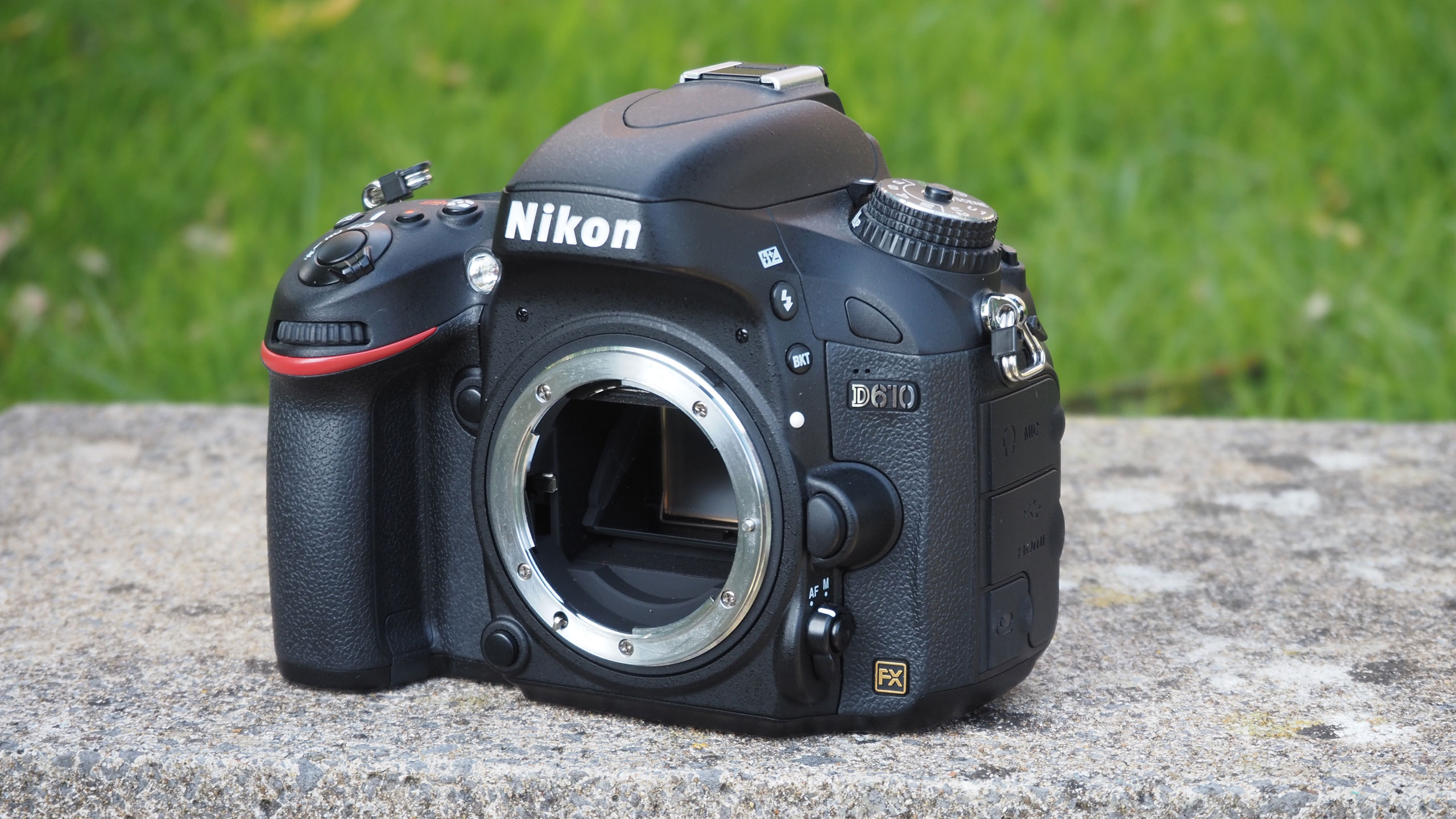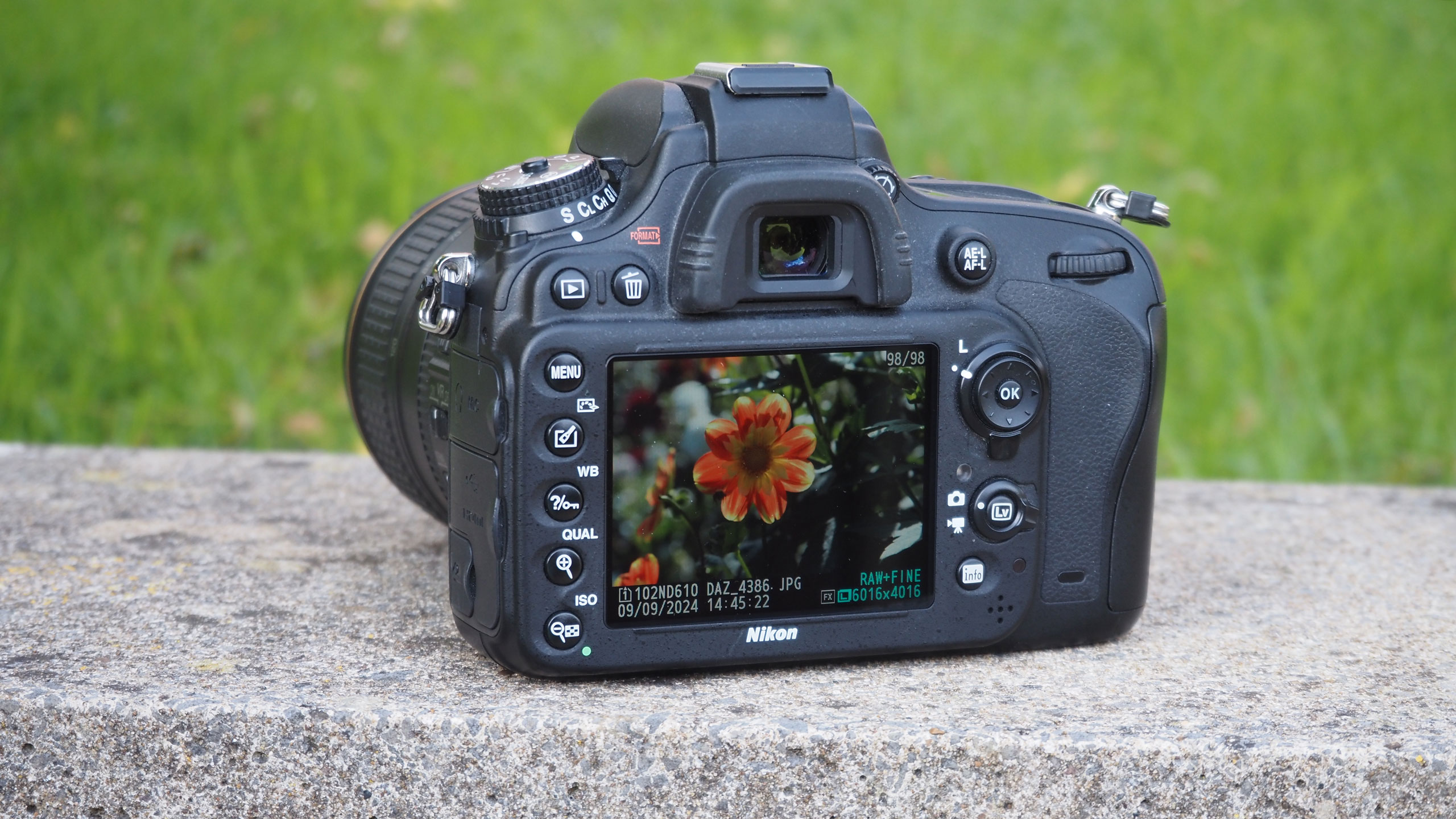
I don’t know how many cameras I’ve used and reviewed as a professional camera reviewer. It’s a lot. So you might imagine that I’ll be constantly fixated on the latest AF tech, the latest AI processing, the latest burst speeds, stabilization and video codecs.
And so I am, because people want to know, and that’s my job. But I’m also a photographer, and sometimes the things I look for as a photographer don’t always align with the latest technical advances.
Back in the day I reviewed some of the best DSLRs on the market, and since then I've reviewed the best mirrorless cameras and some of the best medium format cameras too. These cameras are not just very different in their specifications and capabilities, but also in what they are like to use as physical devices. These two things don't always go together.
I like simplicity. I think it’s important. Simply often brings constraints, but that can actually fuel more creative thinking, just like a prime lens can sometimes help you take better pictures than a zoom. And modern mirrorless cameras are a long way from simple.
I have Nikon D610 in front of me and I'm thinking how it does mostly everything I want a camera to do with so much less fuss than a typical hybrid mirrorless camera today. It does less, but that’s fine because most of the time I actually need less.

Cameras aren’t just a bunch of specifications. They are physical objects too, and how a camera feels in the hand and operates can be just as important as what it does. So the Nikon D610 won’t be for everyone. By mirrorless standards it’s big and heavy, and lacks many of the modern conveniences we take for granted today. The rear screen is fixed and doesn’t even tilt, let alone flip out and rotate, and while it does have a Live View mode, it’s slow to use and clearly not what the DSLR design was really meant to do.
That’s the bad news. The good news, from the perspective of DSLR fans like me, is that this camera has exceptional solidity, build quality and finish. It was fairly expensive in its day – around $1,999 / £1,999, but that’s reflected in its physical handling. Modern mirrorless camera design favors hard lines and edges, but everything on the D610 is curved, smoothed and beveled. We forget how much cameras have changed.
We also forget that while cameras are now very different on the outside, for stills photographers the core technologies inside digital cameras haven’t changed much. Autofocus has got faster and better (autofocus tracking, principally), high-ISO image quality has improved and thanks to electronic shutters, burst speeds have gone through the roof. But if you don’t need or use these things, what’s changed?
Even though it’s from way back in 2013, the D610 still has a 24MP full frame sensor. That's the same as some of the best full frame cameras today. Some photographers will want more than that, so we still need cameras like the Canon EOS R5 II, Sony A7R V and Nikon Z8, but high resolutions seems less important now when most content is shared and displayed digitally.

The D610 also accepts a huge range of Nikon F mount lenses, many still being manufactured but many more available in excellent condition on the used market. You’re probably not going to pick a camera like this for video, wildlife or sports but, that aside, it can do pretty much everything else that a new camera can do.
The Nikon D610 makes me consider properly how much has actually changed for photographers in the past ten years, that actually makes a difference to how you or I take pictures and the creative quality of the results (or even the technical quality, for that matter). I’ve been out shooting with the D610 and its images are as good as those from my EOS R8 and Sony A7 II. The Nikkor AF-S 24-120mm f/4 ED VR lens I got with it is actually somewhat better than the RF 24-105mm I use with the EOS R8 or the Sony 24-105mm f/4. Lens designs are like cameras – very often they’re better than they used to be, but not always.

The D610, with the 24-120mm fitted, is a bit of a lump, to be sure. It’s also hard to get used to an unstabilized viewfinder after the luxury of mirrorless camera IBIS. But I don’t mind the fixed rear screen at all, I actually prefer optical viewfinders to EVFs, and all the controls are clear, unambiguous and work perfectly. I can also shoot all day (and sometimes all the next day) without needing a spare battery. Better still, it has twin SD card slots, so I don’t need to get an old-school CompactFlash card reader.
I didn’t buy the Nikon D610 when it was new as it was pretty expensive (around $1999 / £1999). Today, though, you can get a mint used example for around $400 / £400. And even though this is a camera from 2013, it feels perfectly fresh and usable today.
Using a DSLR from this era is a different, simpler experience. Modern mirrorless cameras are better at video, autofocus, high-speed shooting and portability. But you don’t necessarily make products better by adding stuff; sometimes you make them better by stripping away everything but the essentials. Just ask Leica.







